
Iran has rich literature, considered by many as one of the world’s richest. What is even most surprising with Persian literature is that classics written under the old Persian empires are still central to nowadays’ culture of Iran.

Getting to know Persian literature is thus the first step toward a better understanding of today’s Iran.
Contents
Persian literature: one of the world’s richest
In Iran, everybody knows his or her classics. From the “Shahnameh”, written in the 11th century to the works of popular modern writers, Iranians are very proud of their literacy tradition. And they have good reasons for that! Persian literature is considered one of the world’s oldest and richest. Goethe himself named it one of the four main bodies of world literature.
One of the interesting aspects of Persian literature is that even old classics are accessible to contemporary readers. Indeed, Persian, unlike English and many other languages, hasn’t changed much throughout the millenniums, meaning that today’s readers can easily read and understand classical literature.
Persian literature has many specific features and characteristics, one of them being the importance of poetry. Persian poets have produced rich literature, often influenced by Sufism. Ferdowsi, Rumi, Hafez and others have proven themselves masters of style and aesthetics.
1. The “Shahnameh”, by Ferdowsi

The “Shahnameh” (translated by “Book of Kings”) is considered the masterpiece of Persian literature. It is somehow what the Iliad and the Odyssey are to Greek literature and culture.
The “Shahnameh” is an epic poem that was written by the great poet Abolghasem Ferdowsi, during the 11th century. It took 30 years for Ferdowsi to write his masterpiece: a collection of 60.000 verses. Divided into three parts, the Book of Kings covers the whole history of Persia and its kings, in an epic and mythical way. Like epic tales of ancient Greek, the “Shahnameh” explores the themes of courage, grief, tragic love, philosophy, and wars.
It starts with the creation of the world, in the first volume; followed by the reign and great deeds of Persian kings in the second volume; and ends up with the story of the Arab invasion of Persia in the last volume.
Ferdowsi’s Book of Kings is credited with preserving the Persian language and culture, following the Arab invasion. The original purpose of the “Shahnameh”, commissioned by a Samanid king, was precisely to save Persian’s history and legacy from being forgotten.

2. The Story of Layli and Majnun, by Nizami Ganjavi
Layli and Majnun is probably one of the most famous stories in Persian culture. A tragic love story, that has inspired people over centuries and continues to do so.
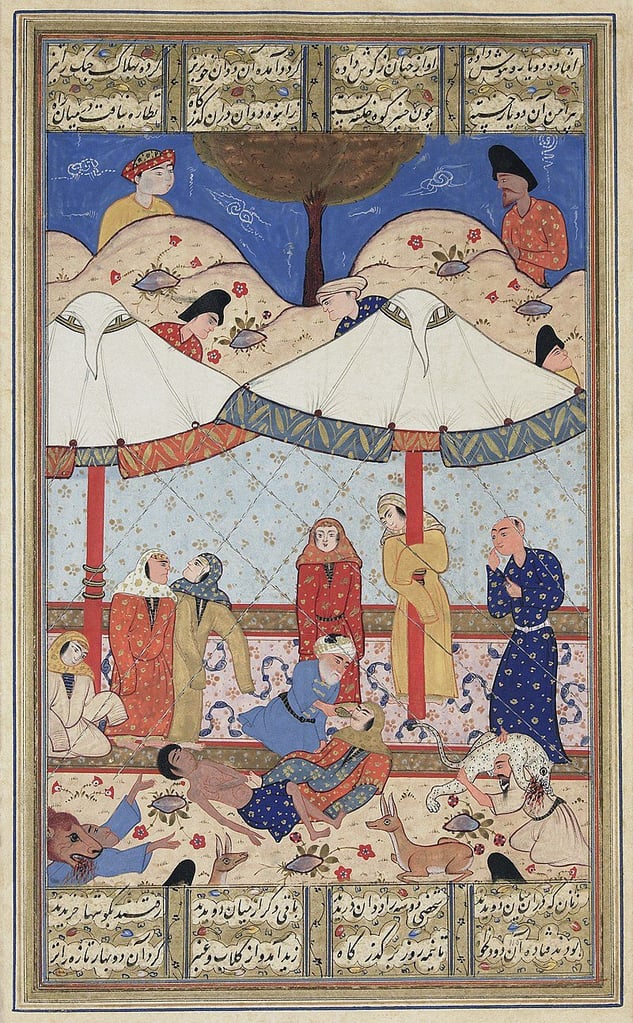
“The Story of Layli and Majnun” is an epic poem written by Nizami Ganjavi during the 12th century. The poet was inspired by an ancient Arab tale, already known in Persia in the 9th century. The lovers are even mentioned by the famous poet Rudaki. But it’s Nizami that truly popularized this dramatic love story that is intended as an allegory for God’s quest.
Nizami’s poem recalls the lives of Layla and Qays, which is called Majnun, which means someone possessed or wild. The two fell in love at a young age but their families reject their union. Eventually, Layli is married to another man, and Majnun recluses himself to write verses about his love for Layli. The intensity and obsession for his lovers are what owes him the name of Majnun.
1. The Divan, by Hafez
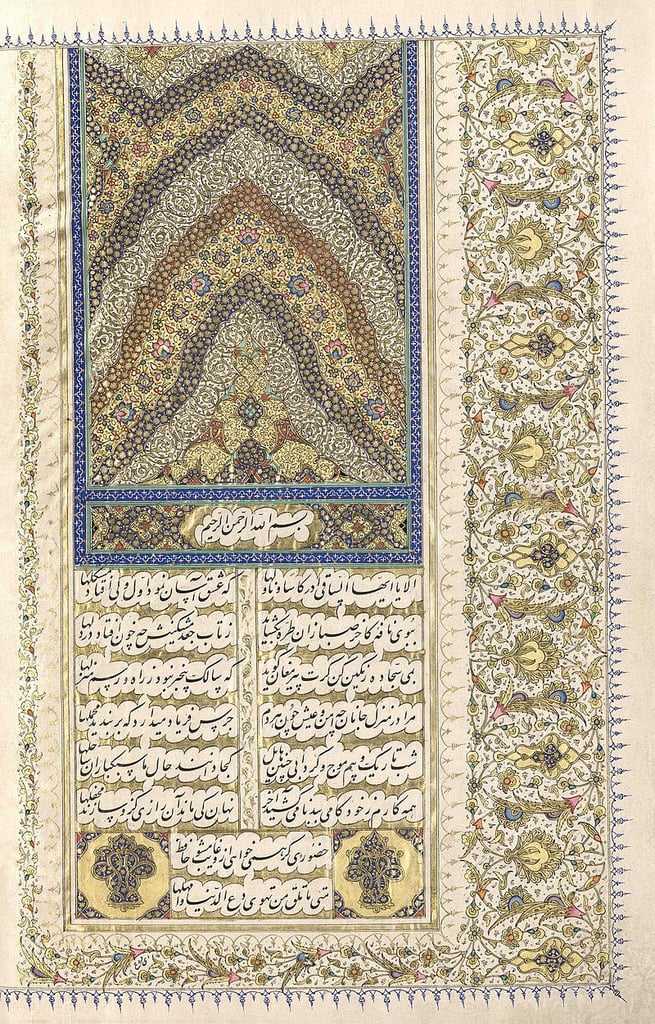
Even if poetry would deserve a separate listing, no article about Iranian literature would be complete without Hafez, the most famous Persian poet. Born in 1325, Hafez was a prolific writer that left his footprint in the world of poetry.
The “Divan” is a book containing all his poems (about 500), most of which are written in ghazals, and that has been translated into many languages.
2. Bustan and Golestan, by Saadi

The “Bustan” and the “Golestan” are the two major works of Saadi, one of the most influential Persian poets from the 13th century. The “Bustan”, Saadi’s first work, is a 10-chapter book that deals with the poet’s philosophical reflections on life and wisdom. It is considered one of the 100 greatest books of all time by the Bokklubben World Library.
The “Golestan”, written a year after, also is a collection of Saadi’s poems, giving moral and life advice, in particular for the rulers.
3. Masnavi and Divan-e Shams, by Rumi
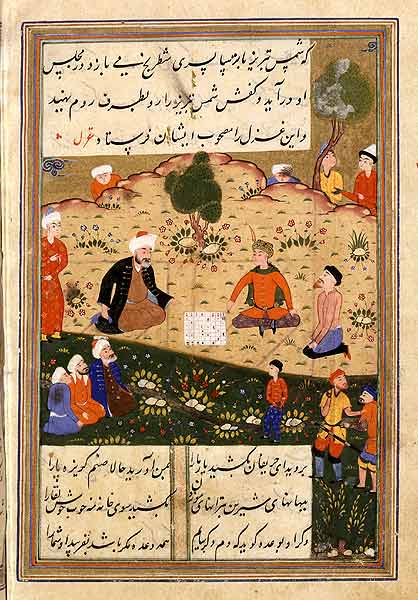
Alongside Hafez, Ferdowsi and Saadi, Jalal al-Din Muhammad Balkhi, known as Rumi, is one of the most influential Persian poets. His works are gathered into two main books: The “Masnavi” and the “Divan-e Shams-e Tabrizi”. As a Sufi poet, Rumi’s poetry mostly explores the philosophical themes of love and desire for God.
4. Conference of the birds, by Farid al-Din Attar
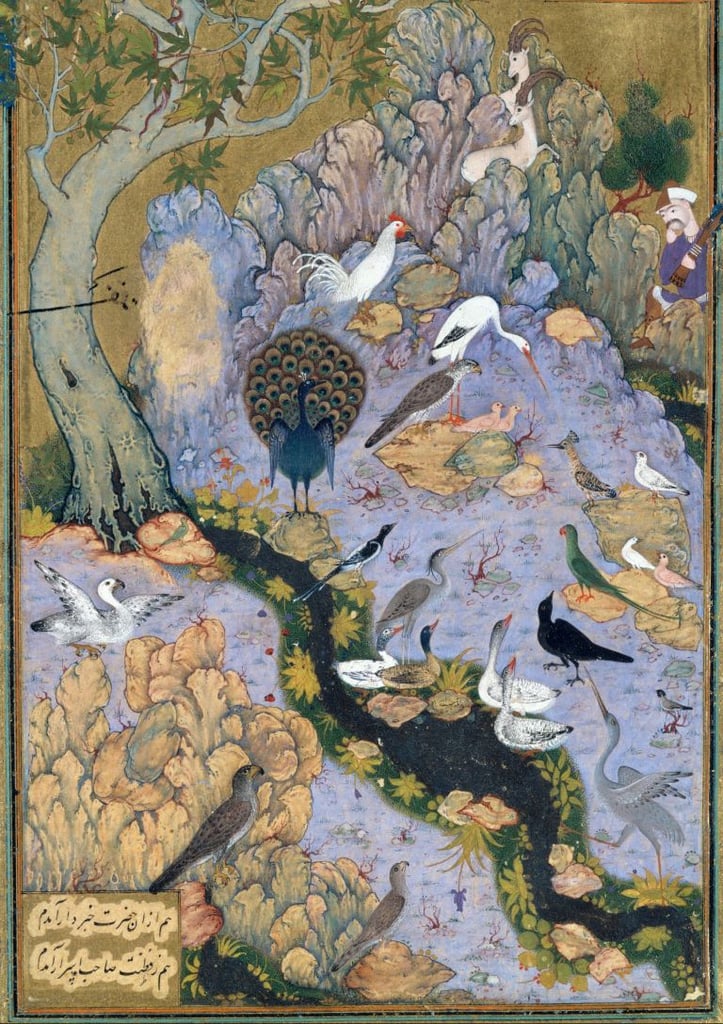
The work of Farid al-Din Attar is a classic of Persian literature that also deserves to be mentioned. Along with Rumi and Sa’adi, Attar was a mystical poet from the 12th century. His “Conference of the birds” is an allegorical poem written in 4500 lines.
It tells the story of a conference led by all the birds to find a good ruler. The story is meant to lead the reader through a spiritual quest, as an allegory of the soul’s search for mystical guidance.
5. Selected Poems, by Forough Farrokhzad
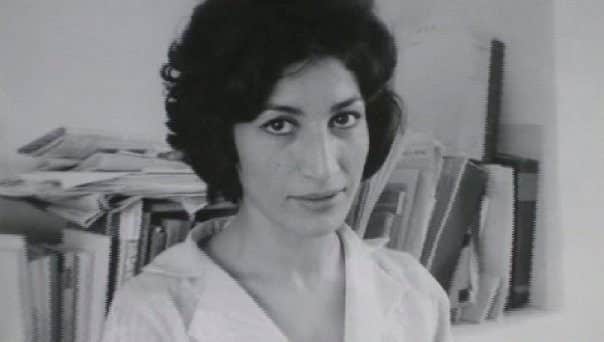
Poetry in Iran is not something that is limited to ancient Persia. Many modern poets have honored the literacy tradition of Iran, among which Forough Farrokhzad, one of the most famous modern poets.
In her poems published in the 1950 and 1960s, she talks openly about many topics that were (and still are, to some extent) taboos, such as politics, sexuality, and the place of women in society.
1. Reading Lolita in Tehran, by Azar Nafisi
Azar Nafisi’s memoir is a striking book from the post-revolution period. It recalls the true story of Nafisi, a teacher at the University of Tehran, which refused to obey the newly implemented Islamic laws and eventually resigned. In 1995, and for two years, Azar Nafisi had a secret and illegal book club, gathering seven of her best students to read forbidden Western literature.
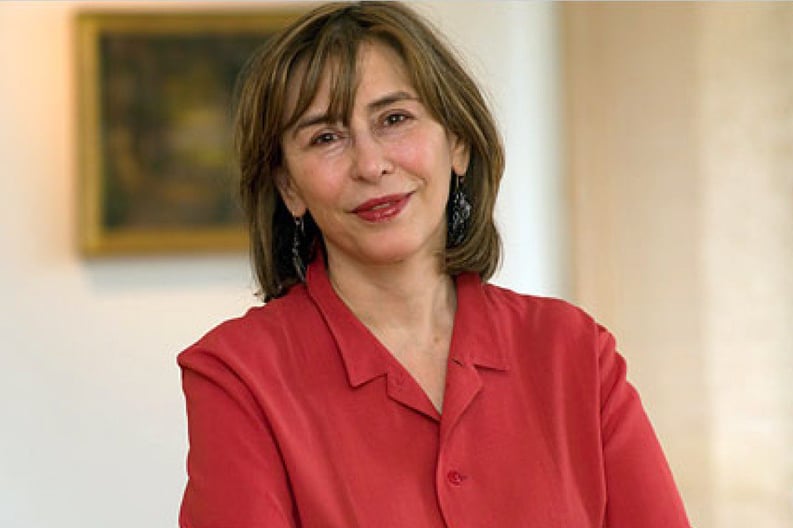
The students and Nafisi would read Nabokov, but also Austen, Fitzgerald, and other Western authors. These books, and in particular Lolita, are used to make a parallel between the reality of these young girls’ lives under the new political regime. Their readings, but also the events that take place in between, are opportunities for the author to go beyond the literary critic and tackle social and political events.
Published in 2003, “Reading Lolita in Tehran” was on the New York Times bestseller list for over two years.
2. My Uncle Napoleon, by Iraj Pezeshkzad
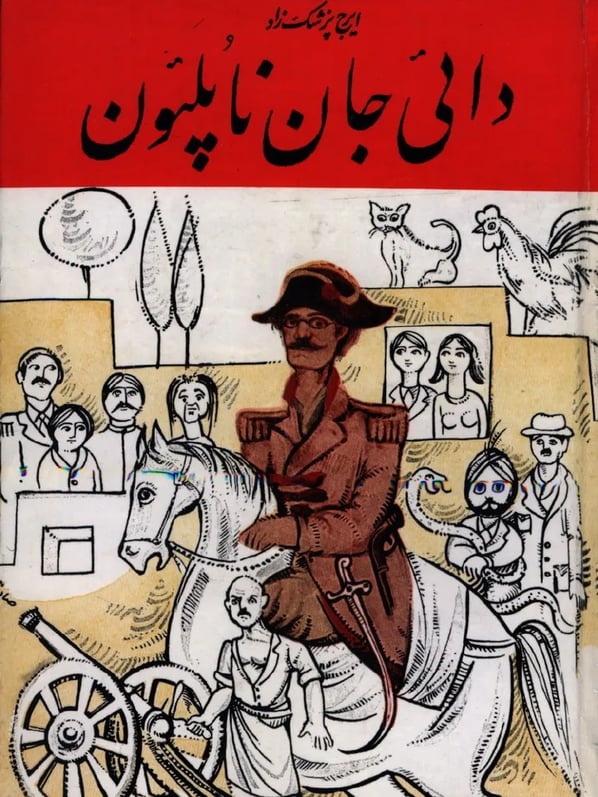
“My Uncle Napoleon”, written by Iraj Pzezshkzad in 1973, is a unique and entertaining piece of Iranian literature. The story revolves around “dear uncle Napoleon” (Daei Jan Napoleon), the leader of an aristocratic Iranian family. Taking place during the second world war, Uncle Napoleon appears as an overly suspicious man, always willing to see British-led conspiracy as an excuse for what’s going wrong in his life.
The book, adapted to a popular TV miniseries, funnily points out some traits of Iranian families and society. It also introduces the reader to a variety of Iranian traditions, in a sweet and funny way.
3. Suvashun, by Simin Daneshvar
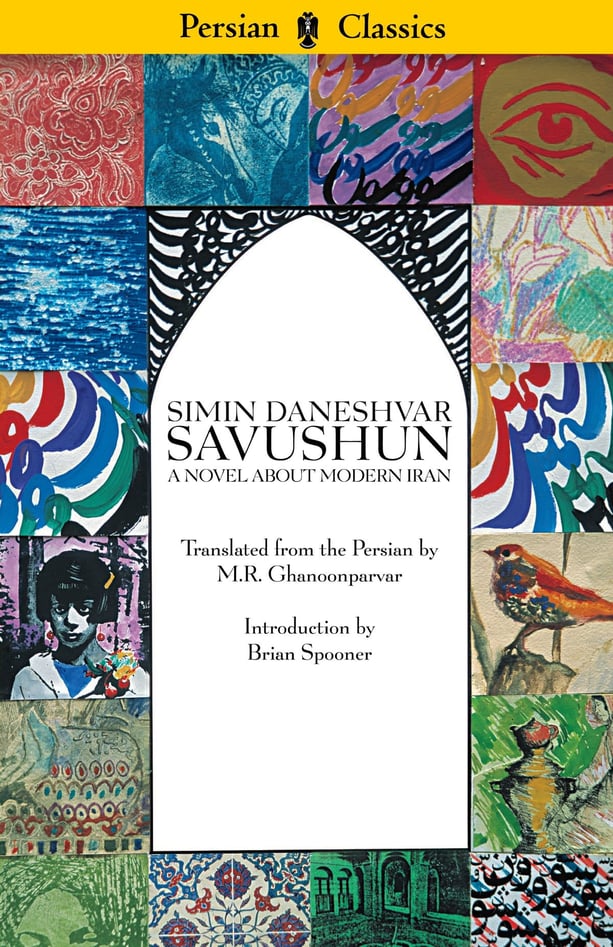
Published in 1969, “Savushun” is a novel that portrays the struggles of an Iranian family in the pre-revolution era. The story takes place in Shiraz, under the occupation of Iran by the Allied during the second world war. The narrator is a young wife and mother that is torn between the traditions of society and the changes she aspires to.
“Savushun” was a best-seller for many years in Iran and was translated into 18 languages. The author, Simin Daneshvar, is the first Iranian female novelist and is still considered today one of Iran’s best fiction writers.




